Slide
Awarded Cases
Slide
- Innovation Application Award -
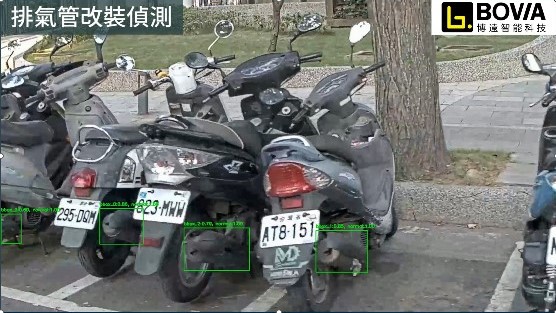
Recovering Serenity: Revolutionizing Peaceful Living with Advanced AI Noise Reduction Technology
Taoyuan City Police Department
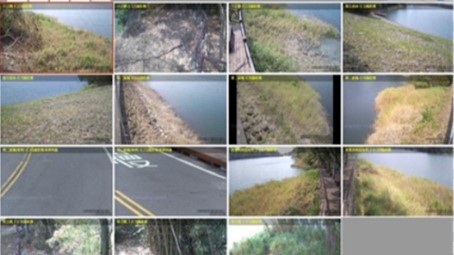
Nation's First AI Human Form Recognition System: "Loudspeaker Rescuer" Safeguards Public Safety
Tourism Information Department, Chiayi City Government
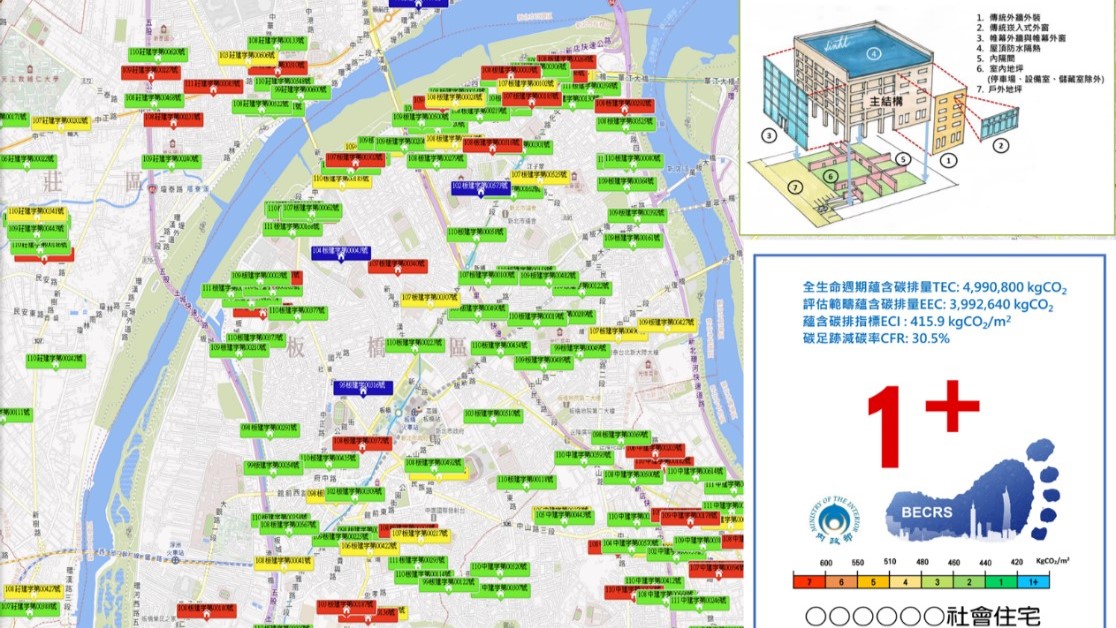
The Great Decoding of Building Carbon Emissions: The Low-Carbon Revolution from Models to Reality – Low-Carbon Building (BIM Model) Assessment System
Public Works Department, New Taipei City Government
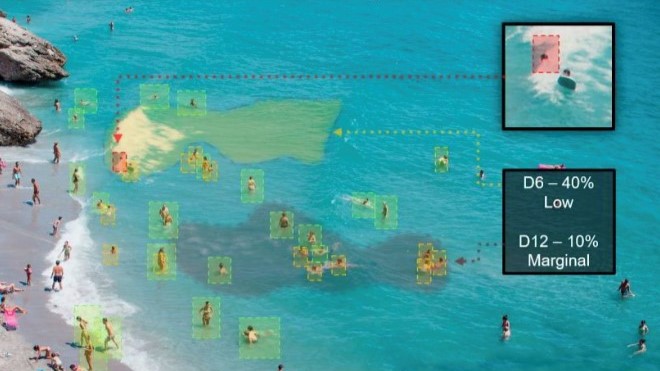
SAFE SWIM System
Taichung City Government

AI-Based Ship Recognition and Smart Tracking Monitoring System for Port Areas
Taiwan SECOM CO., LTD.
- System Integration Award -
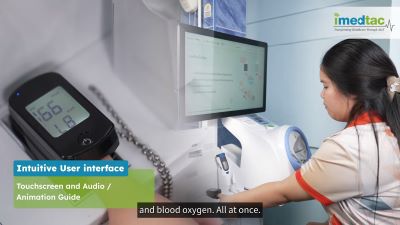
The policy of Ministry of Public Health 2024 - Primary Care Project (Thai 4.0)
imedtac Co., Ltd.
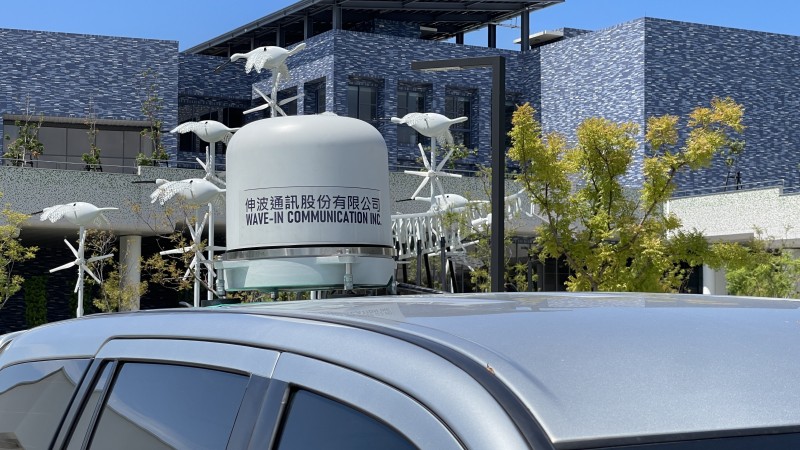
The Deployment of 5G Command Center with Mission-Critical Heterogeneous Network
Wave-In Communication Inc.
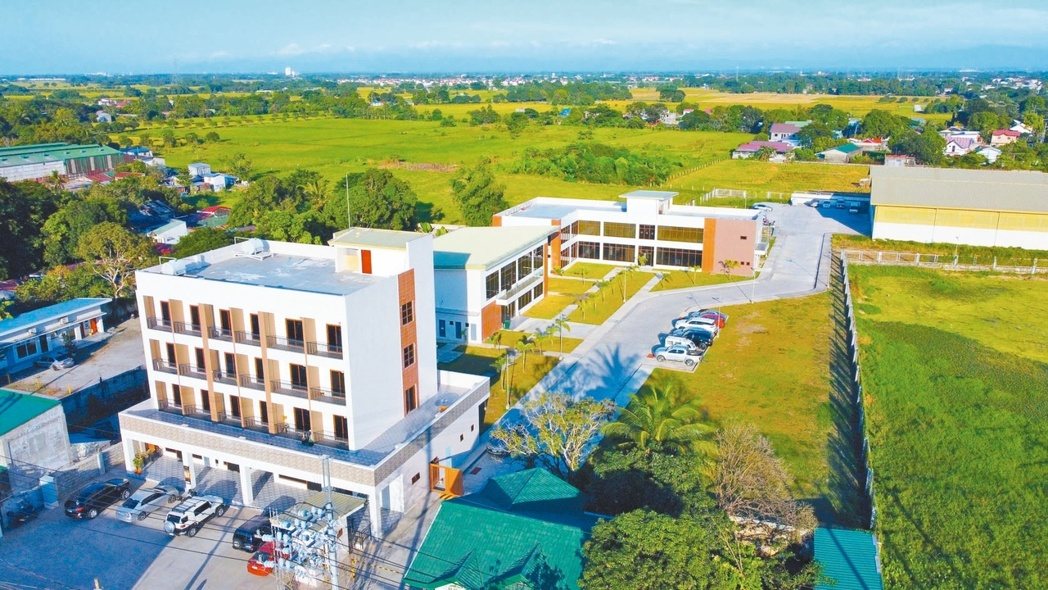
Bohol Net-Zero Transformation Project
E-Formula Technologies, Inc.